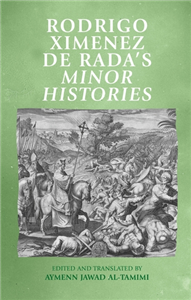An Introduction
R is a freely available, open-source statistical programming environment which provides powerful statistical analysis tools and graphics outputs. R is now used by a very wide range of people; biologists (the primary audience of this book), but also all other scientists and engineers, economists, market researchers and medical professionals. R users with expertise are constantly adding new associated packages, and the range already available is immense.This text works through a set of studies that collectively represent almost all the R operations that biology students need in order to analyse their own data. The material is designed to serve students from first year undergraduates through to those beginning post graduate levels. Chapters are organized around topics such as graphing, classical statistical tests, statistical modelling, mapping, and text parsing. Examples are based on real scientific studies, and each one covers the use of more R functions than those simply necessary to get a p-value or plot.The book walks the reader through the data analysis process, starting with very simple plots, and continuing through more complex analyses and programming. It shows how to deal with issues such as error messages that can be confronting for beginners, in order to set students up for a successful scientific career using R.Collectively the authors have a vast amount of teaching experience which they apply here to make the passage into R programming as gentle and easy as possible, whilst guiding the reader to tackle quite complicated programming. Table of contents 1: How to Use this Book 2: Installing and Running R 3: Very Basic R Syntax 4: First Simple Programs and Graphics 5: The Dataframe Concept 6: Plotting Biological Data in Various Ways 7: The Grammar of Graphics Family of Packages 8: Sets and Venn diagrams 9: Statistics: Choosing the Right Test 10: Commonly Used Measures and Statistical Tests 11: Regression and Correlation Analyses 12: Count Data as Response Variable 13: Analysis of Variance (ANOVA) 14: Analysis of Covariance (ANCOVA) 15: More Generalised Linear Modelling 16: Monte Carlo Tests and Randomisation 17: Principal Components Analysis 18: Species Abundance, Accumulation and Diversity Data 19: Survivorship 20: Dates and Julian Dates 21: Mapping and Parsing Text Input for Data 22: More on Manipulating Text 23: Phylogenies and Trees 24: Working with DNA Sequences and other character data 25: Spacing in Two Dimensions 26: Population Modelling Including Spatially Explicit Models 27: More on “apply” Family of Functions – Avoid Loops to get More Speed 28: Food webs and simple graphics 29: Adding Photographs 30: Standard Distributions in R 31: Reading and Writing Data to and from Files




























